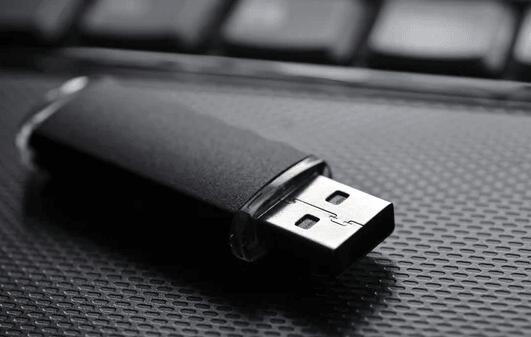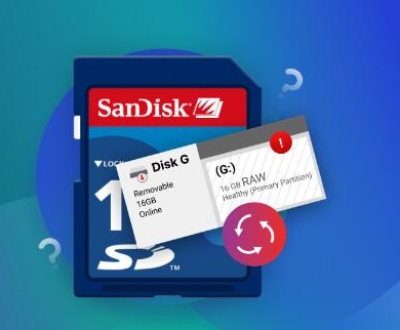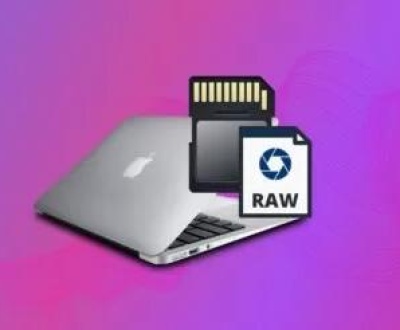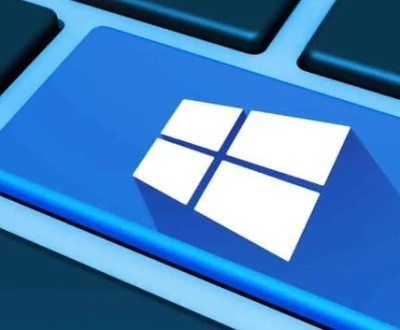These small yet convenient devices allow us to quickly transfer and back up data, but what happens when files are accidentally deleted or lost due to a system crash, corruption, or formatting? Data recovery from a pen drive might seem like a daunting task, but with the right tools and knowledge, you can often recover deleted files and restore your important information.
1. What Happens When Files Are Deleted
When you delete a file from your pen drive, it doesn’t immediately disappear from the drive. Instead, the operating system marks the space where the file was stored as available for new data. This means that the deleted file can potentially be recovered if you act quickly before the space is overwritten by new data.
The recovery process depends on several factors:
How long ago the files were deleted: The sooner you attempt recovery, the higher the chance of success.
The activity on the pen drive since deletion: If you’ve saved new files to the pen drive after deletion, the old data may be overwritten, making recovery difficult.

The condition of the pen drive: If the pen drive is physically damaged, recovery becomes more complicated and may require professional assistance.
2. How to Prevent Further Data Loss
Before attempting to recover deleted files, it’s crucial to prevent overwriting. Here’s what you can do:
Stop using the pen drive: Once you realize that files have been deleted, disconnect the pen drive from the computer to prevent further data writes.
Do not save any new files: Avoid copying new files onto the pen drive, as this can overwrite the deleted files.
Ensure the pen drive is intact: Check for physical damage or issues with the drive. If it’s malfunctioning, avoid using it until recovery is attempted.
3. Basic Methods for File Recovery
Before diving into third-party software, there are a few simple, built-in methods for attempting file recovery. These methods may not work in all cases, but it’s always worth trying them first.
Using the Recycle Bin (Windows)
If you’re using Windows, deleted files might end up in the Recycle Bin before being permanently erased. Here’s how to check:
Open the Recycle Bin on your desktop.
Look for the deleted files or folders.
Right-click on the files you want to restore and select “Restore.”
If your pen drive was set to bypass the Recycle Bin (a setting that can be configured), this method won’t apply.
Using Time Machine (Mac)
For macOS users, the Time Machine feature can automatically back up your files, allowing you to recover deleted items:
Connect your pen drive to the Mac.
Open the folder that previously contained the deleted files.
Launch Time Machine (usually found in the Applications folder).
Navigate through the backup timeline to find the version of the file before it was deleted.
Select and click “Restore.”
Checking the Pen Drive for Hidden Files
Sometimes, files are not actually deleted but are merely hidden due to a virus or system issue. Here’s how you can check:
Open the pen drive on your computer.
Enable the viewing of hidden files by adjusting the folder options:
In Windows, go to “File Explorer,” select the “View” tab, and check the box for “Hidden items.”
On macOS, open the terminal and type: defaults write com.apple.finder AppleShowAllFiles YES, then press Enter and restart Finder.
Look for your deleted files, which may have been hidden.
4. Using Built-In Tools to Recover Deleted Files
Both Windows and macOS have built-in utilities that can help you recover deleted files from a pen drive.
Windows File History
If you have File History set up on your Windows computer, it may back up your files and allow you to restore previous versions:
Right-click on the folder where the deleted files were stored on your pen drive.
Select “Restore previous versions.”
Choose a backup that contains the deleted files.
Click “Restore” to recover the files.
macOS Disk Utility
Disk Utility on macOS can sometimes be used to recover lost or deleted files by repairing a damaged pen drive:
Open “Disk Utility” (found in the Applications > Utilities folder).
Select the pen drive from the list of drives.
Click on “First Aid” to check for disk errors and attempt repair.
If successful, your files may reappear or become accessible again.
5. Third-Party Data Recovery Software
Panda Assistant is a data recovery and management software that helps users restore lost or deleted files from their computer, external hard drives, memory cards, USB flash drives, and other storage devices. The tool’s primary purpose is to retrieve files that have been accidentally deleted, lost due to system crashes, or damaged due to formatting issues or malware attacks.
The software is designed to support various file formats, including documents, photos, videos, audio files, and more. Panda Assistant also helps with system optimization tasks like speeding up the computer, managing files, and improving overall performance.
Key Features of Panda Assistant
Data Recovery: Panda Assistant specializes in recovering files lost due to accidental deletion, corruption, or system crashes. It supports a wide range of storage devices, including USB flash drives, external hard drives, SD cards, and even memory cards from cameras and smartphones.
User-Friendly Interface: The interface is intuitive and simple, making it easy for users, even those with limited technical knowledge, to navigate through the recovery process. It provides clear instructions and progress indicators during the recovery scan, making the process hassle-free.
Deep Scan and Preview Options: Panda Assistant includes both quick and deep scan modes. The quick scan is useful for recovering recently deleted files, while the deep scan digs deeper into the storage device to find files that are harder to recover. The preview function allows users to view recoverable files before proceeding with recovery, ensuring that they retrieve the correct files.
File Repair: Besides recovering deleted data, Panda Assistant also offers tools to repair damaged files, especially common file formats like photos, videos, and documents. This can be incredibly useful when files become corrupt due to system crashes or storage device malfunctions.
Multi-Device Support: The software works with various devices, including desktops, laptops, and portable storage media such as USB drives, memory cards, and external hard drives. It’s also compatible with both Windows and macOS systems.
Secure and Safe: Panda Assistant ensures that the recovery process does not further damage the files or overwrite any data. It supports the “read-only” method of scanning, ensuring that no additional data is written to the device during the recovery process.
How Panda Assistant Works
Download and Installation: To get started with Panda Assistant, you first need to download the software from the official website. It’s available for both Windows and Mac users. After installation, launch the program.
Device Selection: Once the software is open, select the storage device from which you want to recover lost files. This could be your computer’s internal drive, a USB drive, or any external storage device.
Scanning: The software will initiate a scan to search for deleted or lost files. You can opt for a quick scan for recently deleted items or a deep scan for more thorough recovery.
File Preview and Recovery: After scanning, Panda Assistant will display a list of recoverable files. You can preview these files before deciding which ones to recover. Once you’ve selected the files, the software will restore them to a designated location on your computer.
6. Advanced Techniques for File Recovery
If standard recovery software doesn’t work, there are more advanced techniques you can try. These are usually reserved for experienced users and require specialized knowledge of data recovery tools.
File Signature Search
In this method, you search for a specific file type (e.g., DOCX, JPG) on the pen drive using its file signature (header and footer). This is useful if the file system is damaged, and the operating system can no longer identify the files correctly.
Raw Recovery Methods
Raw recovery is a deep scanning method where the recovery software looks for known file signatures and attempts to piece together the data, even if the file system is corrupted. This can be a slow and complex process but might help recover files that other methods missed.
7. Best Practices to Avoid Data Loss
While it’s helpful to know how to recover deleted files, prevention is always the best approach:
Back up regularly: Always keep a backup of important files on a separate storage device or cloud storage service.
Safely eject the pen drive: Always eject your pen drive properly to avoid file corruption.
Use encryption: Protect your data with encryption to prevent unauthorized access and accidental deletions.
Avoid overwriting: As soon as you realize that files are deleted, stop using the pen drive to reduce the risk of overwriting the deleted data.
About us and this blog
Panda Assistant is built on the latest data recovery algorithms, ensuring that no file is too damaged, too lost, or too corrupted to be recovered.
Request a free quote
We believe that data recovery shouldn’t be a daunting task. That’s why we’ve designed Panda Assistant to be as easy to use as it is powerful. With a few clicks, you can initiate a scan, preview recoverable files, and restore your data all within a matter of minutes.
Subscribe to our newsletter!
More from our blog
See all postsRecent Posts
- Retrieve deleted videos from sd card 2025-04-25
- How to retrieve damaged sd card? 2025-04-25
- Retrieve photos from sd card 2025-04-25

 Try lt Free
Try lt Free Recovery success rate of up to
Recovery success rate of up to









